How to Choose a Car Seat
- August 10, 2021
- by Melissa Lawrence

Hi mamas and papas! Melissa here to guide you through one of the most indispensable purchases you will make as a new parent, if you drive a car. We’re talking about car seats. These are so important for keeping kids safe in the vehicle that most hospitals won’t even discharge you and your newborn unless you have a suitable car seat ready for the first ride home. So this is a guide you should be reading during your pregnancy. I’ve used car seats for decades now, and here I’ll tell you all you need to know about them, as well as direct you to my reviews of the best car seats on the market.
What’s an Infant Car Seat?
An infant car seat is a car seat that is designed specifically for newborns and toddlers. In particular, they are distinguished from car seats for older kids by the fact that they face the rear instead of the front. The reason for this is that rear-facing car seats absorb most of the force of a car crash and support your baby’s head, neck, and spine. Front-facing seats absorb less force and leave your children susceptible to being thrown forward. Hence, the American Academy of Pediatrics recommends keeping your little ones in rear-facing seats for as long as possible, which is until they’ve reached the maximum height or weight set by your car seat’s manufacturer.
Infant car seats work by attaching to a base that is installed in your car. You keep the base in your car permanently and snap the car seat in and out of it, for ease of moving your baby. The installation process is typically pretty simple. It can vary from one seat to another, but for example, in this video I demonstrate how to install a Graco infant car seat.
Often, you can get a car seat carrier along with an infant car seat. This serves as a sort of stroller for moving the seat when you’re not using your car, without having to disturb your baby. I often recommend to new parents to hold off on buying a stroller until after the first few months, because in that time the car seat carrier is more handy.
What Other Car Seats Are There?
Infant car seats are specifically made to hold your baby on the ride home from the hospital up to a weight of around 35 pounds and a height of around 35 inches, depending on the seat. The other types of car seats are convertibles and all-in-ones.
Convertible car seats differ from simple infant car seats in that they can be switched from rear-facing to front-facing and vice versa. That way, you have only the one purchase to make, and it will serve you until your child is around 65 pounds! The con to them is that they’re heavier and bulkier, requiring more space in your car, making it more difficult to move them in and out of the car, and making it harder to carry them. Typically, they’re used as a full-time attachment instead of the detachable seat-and-base design of regular infant car seats.
All-in-one car seats take it a step further than convertibles, offering three or four modes in a single package! Besides having rear- and front-facing harnesses, all-in-ones boast of highback and/or backless boosters. This enables them to accommodate your children all the way up to around 120 pounds or 57 inches. All-in-one seats give you the biggest bang for your buck, clearly, but they come with a tradeoff. They are even heavier than convertibles, and typically don’t sport handles for carrying. Hence, they’re tough to transport, and are meant to be a fixture in your car. While that’s not a problem for bigger kids, this makes them trickier for infants. You might wake them in the process of moving them in and out of the seat, for example.
Top-Rated Car Seats
Read the articles below for my takes on the best car seats available on the market today.
Best Infant Car Seats
Best Convertible Car Seats
Best Booster Seats
Best Travel Systems
How Long Are Car Seats Good For?
There are two answers to this question. On the one hand, there are the manufacturing limitations of the seat. As I said above, there are three types of car seats, and each one can grow with your child a few years longer than the last. If money is no object and you wanted maximum convenience, then you’d want to start with an infant seat, which will last you until around the age of two years. Next is the convertible, lasting through preschool or so, followed finally by the booster.
On the other hand, car seats, perhaps surprisingly, come with an expiration date! Car seats endure a lot of wear and tear from your kid’s sitting in them to the temperature variations in the car, which is typically not as insulated as a house. Hence, they have to be disposed of after a certain time. Check your seat’s label to be sure, but useful periods tend to range from 6 to 10 years.
How Long Do Babies Use Infant Car Seats?
Again, the exact answer to this question varies by seat. You should check the owner’s manual of your seat to be sure, or if you haven’t bought it yet, then the online description. Most infant car seats max out at around 35 pounds, which is the weight of the average two-year-old baby.
What Should You Look For in a Car Seat?
Now that you’ve got the landscape of car seats in your head, on to the shopping! Here are some factors to hold in mind as you browse car seats.
Cost. Don’t fret about putting your baby at risk when opting for a lower-cost car seat. In the United States, all car seats sold on the market are required to meet safety standards set by the National Highway Traffic Safety Association. The advantages of more expensive car seats come in the form of more luxurious materials and fancier features. In any case, your baby will be safe in any new car seat.
Size. Be sure that your car seat fits in your car, since they’re not one-size-fits-all. Infant car seats tend to be on the smaller side, while all-in-ones take up more room.
Installation. In general, car seats are installed using the seatbelts or the LATCH system. The LATCH system is present in cars made after 2002, and consists of built-in anchors and tethers that make for a simpler and securer installation of the seat.
Safety indicators. Some car seats come with an indicator, often a green light, to confirm whether the seat is properly secured. This can be very reassuring for parents.
Fabric. Consider both the durability of the fabric that the seat is made of, as well as how easy it is to clean after inevitable messes.
Stroller compatibility. Many car seats, particularly infant car seats, can be attached to a stroller, for ease of transition. As I explain in my guide to choosing a stroller, these combinations of strollers and seats are called travel systems.

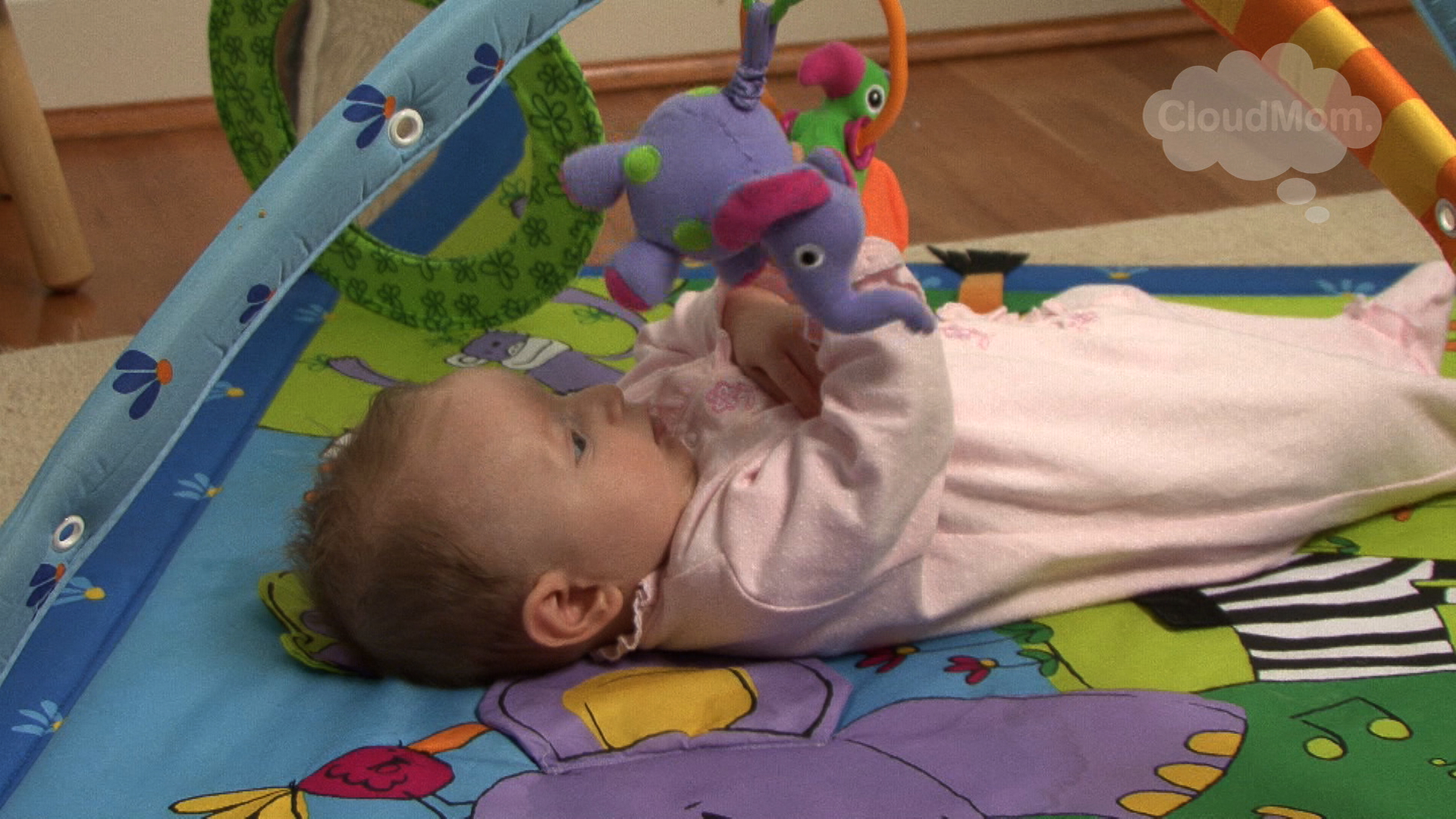
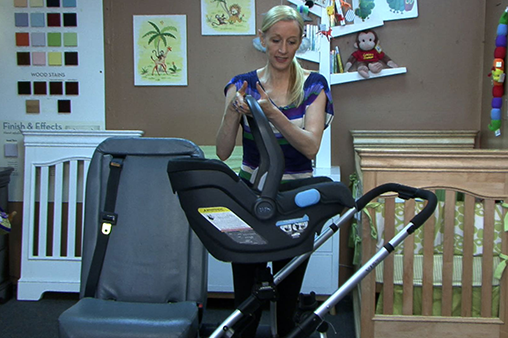

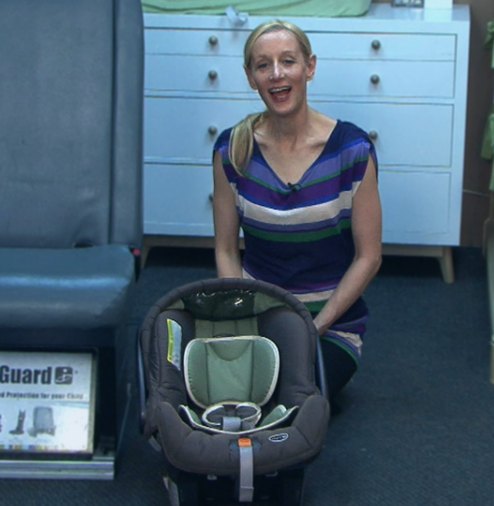
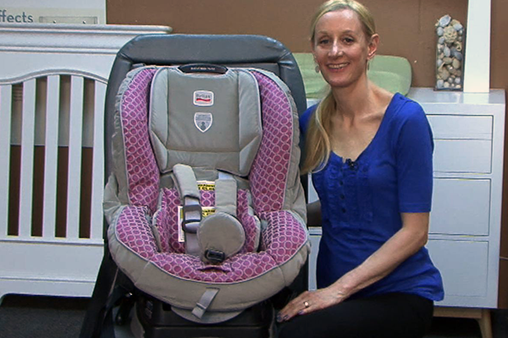
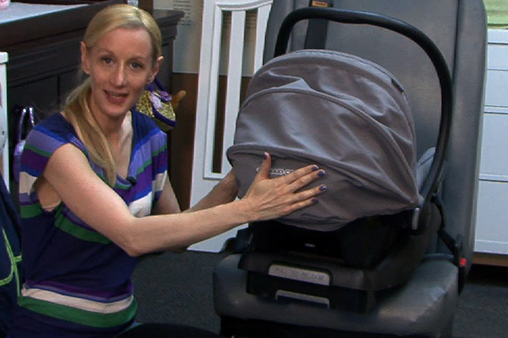

Comments